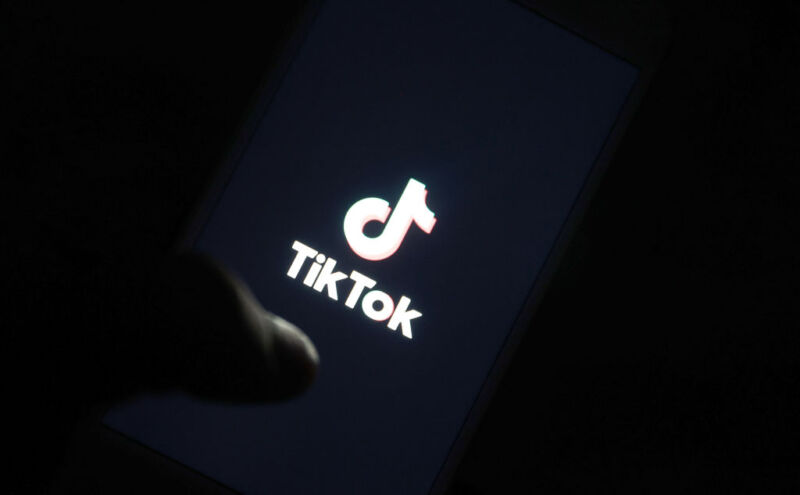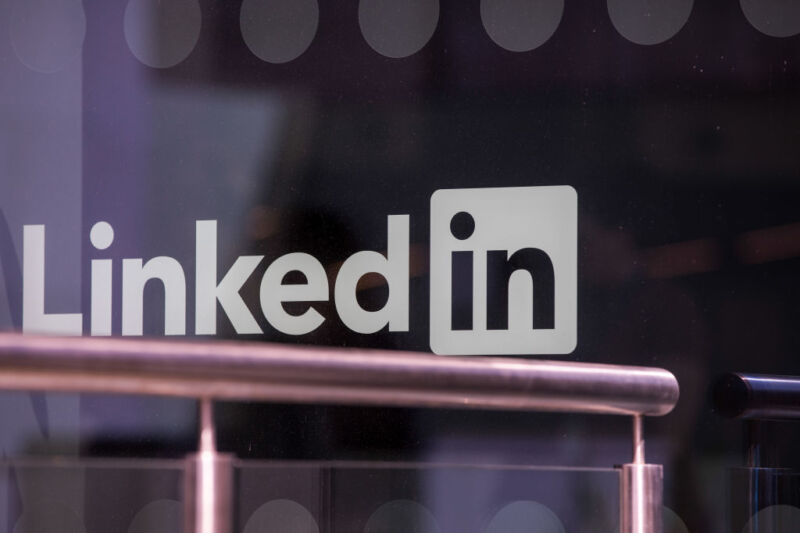-
 chevron_right
chevron_right
AI cannot be used to deny health care coverage, feds clarify to insurers
news.movim.eu / ArsTechnica · Thursday, 8 February - 23:31 · 1 minute

Enlarge / A nursing home resident is pushed along a corridor by a nurse. (credit: Getty | Marijan Murat )
Health insurance companies cannot use algorithms or artificial intelligence to determine care or deny coverage to members on Medicare Advantage plans, the Centers for Medicare & Medicaid Services (CMS) clarified in a memo sent to all Medicare Advantage insurers .
The memo—formatted like an FAQ on Medicare Advantage (MA) plan rules—comes just months after patients filed lawsuits claiming that UnitedHealth and Humana have been using a deeply flawed, AI-powered tool to deny care to elderly patients on MA plans. The lawsuits, which seek class-action status, center on the same AI tool, called nH Predict, used by both insurers and developed by NaviHealth, a UnitedHealth subsidiary.
According to the lawsuits, nH Predict produces draconian estimates for how long a patient will need post-acute care in facilities like skilled nursing homes and rehabilitation centers after an acute injury, illness, or event, like a fall or a stroke. And NaviHealth employees face discipline for deviating from the estimates, even though they often don't match prescribing physicians' recommendations or Medicare coverage rules. For instance, while MA plans typically provide up to 100 days of covered care in a nursing home after a three-day hospital stay, using nH Predict, patients on UnitedHealth's MA plan rarely stay in nursing homes for more than 14 days before receiving payment denials, the lawsuits allege.







